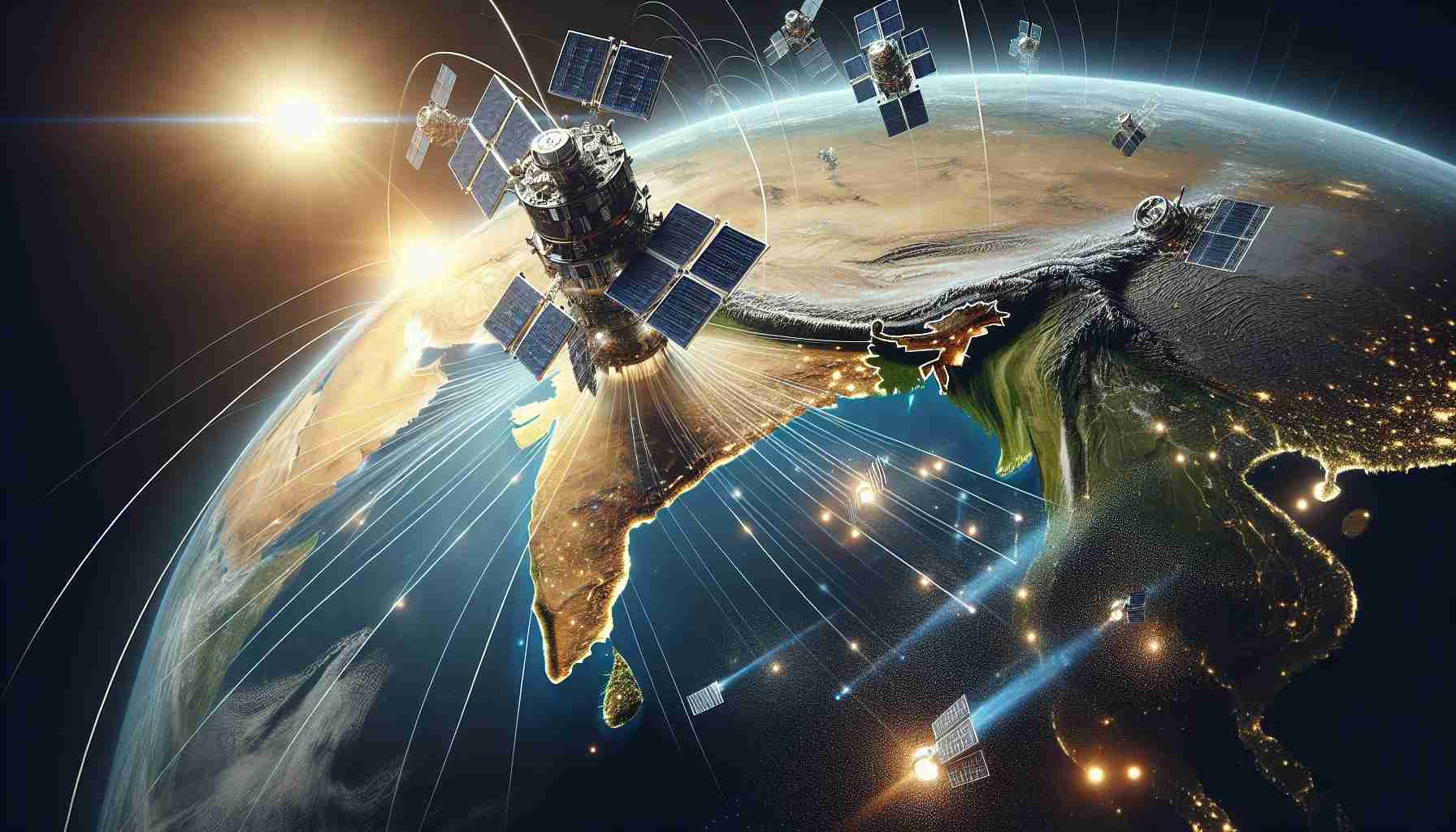
Elon Musk’s Starlink is poised to play a significant role in the Indian market as he reiterates his company’s dedication to providing satellite services across the nation. This declaration comes in light of India’s Communications Minister Jyotiraditya Scindia revealing plans to allocate satellite spectrum through administrative measures rather than traditional auctions.
The Minister’s announcement has shifted the focus of satellite communications in India, moving away from the auction-based system that major companies like Reliance Jio and Bharti Airtel have advocated for. These companies have long called for a competitive bidding process to foster a level playing field in the emerging market for satellite services.
In contrast to this approach, Musk has expressed his discontent, describing the decision to forgo auctions for satellite spectrum as an unusual strategy. His comments highlight the ongoing debate over the most effective method to manage and distribute satellite frequency rights, as Musk emphasizes the need for a more equitable framework for new entrants.
India’s move towards a regulated allocation system may pave the way for innovative solutions and expanded internet access across the country through satellite technology, positioning Starlink as a key player in this evolving landscape. As the situation develops, the implications for both consumers and corporations in India’s telecommunications sector could be profound.
Elon Musk’s Vision for India’s Satellite Future
As India continues to modernize its telecommunications infrastructure, Elon Musk’s Starlink is strategically positioning itself to capitalize on the nation’s satellite communications market. While Musk’s statements have generated considerable attention, there’s more to the ecosystem that shapes his vision for India’s satellite future.
Key Questions and Answers:
1. What is the current state of satellite internet access in India?
India has seen a surge in demand for reliable internet access, particularly in rural areas. Despite significant advancements, over 600 million people still lack internet connectivity, presenting a critical gap that satellite technology could fill.
2. How does Starlink plan to address the unique challenges of the Indian market?
Starlink aims to provide low-latency, high-speed internet by deploying thousands of satellites in low Earth orbit (LEO). The company is focusing on partnerships with local players to better understand regional challenges and streamline operations.
3. What role does government policy play in the expansion of satellite communications in India?
The Indian government has expressed a strong interest in promoting broadband connectivity through satellite services. Regulatory frameworks will be integral in shaping the landscape, particularly in terms of frequency allocation, pricing, and consumer protection.
Key Challenges and Controversies:
1. Regulatory Hurdles: While the shift to administrative spectrum allocation could streamline access, there are concerns regarding transparency and fairness. Existing players fear that it could hinder competition and innovation.
2. Infrastructure Limitations: Although Starlink’s technology is advanced, the efficacy of providing services in India’s diverse and challenging terrains—ranging from urban to rural—remains to be tested.
3. Environmental Concerns: Musk’s satellite constellation has faced scrutiny due to potential threats to astronomy and space debris. Balancing technological advancement with environmental stewardship is vital.
Advantages and Disadvantages:
Advantages:
– Enhanced Connectivity: Starlink could bridge significant connectivity gaps, particularly in underserved areas, fostering economic growth and development.
– Rapid Deployment: Satellite internet can be deployed rapidly compared to traditional broadband infrastructures, which often require extensive ground-level investment.
– Innovation Catalyst: The introduction of players like Starlink can stimulate competition, leading to better services and prices for consumers.
Disadvantages:
– Cost Issues: The initial setup cost for Starlink services may be prohibitive for low-income users, limiting equitable access.
– Regulatory Complexity: The evolving regulatory landscape can create uncertainty for both Starlink and local competitors, potentially stifling innovation.
– Dependence on Technology: Heavy reliance on satellite technology can become problematic if there are technical failures or changes in regulatory conditions.
As Musk’s vision for India’s satellite future unfolds, the combination of innovative technology underpinned by clear regulatory guidance will be crucial for realizing a connected India. The implications for consumers, providers, and the overall telecommunications landscape will be significant as the country embraces this new chapter in its digital journey.
For more insights on satellite communications and technology, visit SpaceX for updates on Starlink and related advancements.



